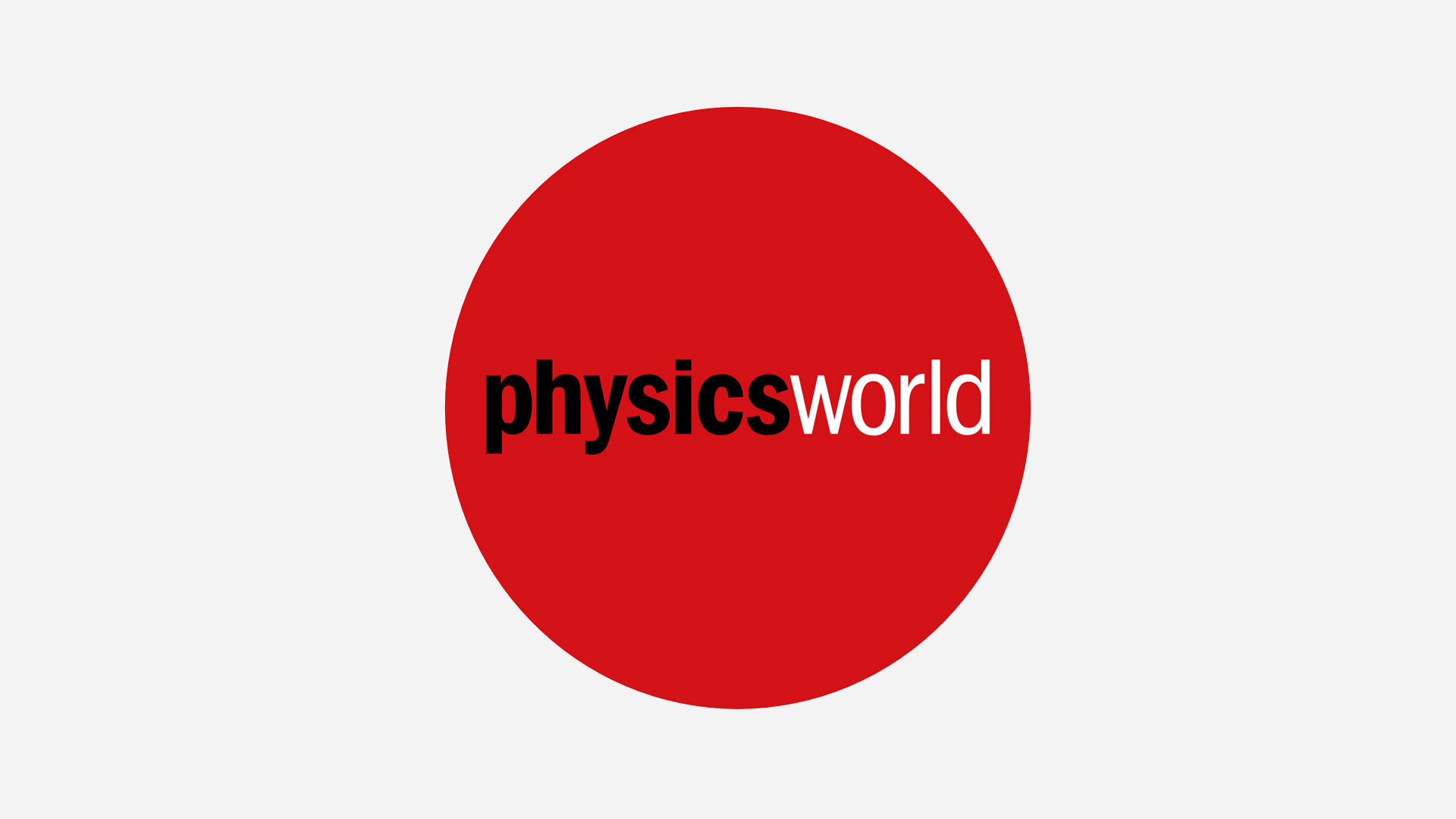Author
Array
(
[0] => linkedin
[1] => facebook
[2] => twitter
[3] => google-plus
[4] => youtube
)
Array
(
[0] => linkedin
[1] => facebook
[2] => twitter
[3] => google-plus
[4] => youtube
)
Array
(
[0] => linkedin
[1] => facebook
[2] => twitter
[3] => google-plus
[4] => youtube
)
Array
(
[0] => linkedin
[1] => facebook
[2] => twitter
[3] => google-plus
[4] => youtube
)
Array
(
[0] => linkedin
[1] => facebook
[2] => twitter
[3] => google-plus
[4] => youtube
)
No Author
Author archive

Argon is the lightest yet of the inert gases to have formed a compound. It is difficult to persuade light inert gases to react because their outer electrons are shielded less from the electrostatic pull of the nucleus by the inner electrons that are present in heavier noble gases. Khriachtchev and co-workers created the new […]

The expansion of the universe means that the light from distant galaxies is red-shifted when observed on Earth. The larger the red shift, the greater the distance to the galaxy. Moreover, when we view a galaxy with a high redshift, we are seeing it as it was billions of years ago. By measuring the red […]

Sandage is best known for his efforts to pin down the values of the Hubble constant, the age of the Universe and its deceleration parameter through observations. Peebles is a theoretical cosmologist who has worked on problems ranging from light-element synthesis to the nature of dark matter. The awards will be presented at the Pontifical […]

Hendrik Schon, Christian Kloc and Batlogg investigated three different acenes: anthracene (which contains three linked rings), tetracene (four) and pentacene (five). The crystals are normally insulating, but when a thin layer of the material was included in a field-effect transistor, it became superconducting. The superconducting transition temperature ranged from 2 Kelvin for pentacene to 4 […]

Bernard Yurke from Lucent Technologies in the US, Andrew Turberfield from Oxford University in the UK and Lucent, and co-workers constructed the tweezers from three separate strands of DNA. DNA molecules are chains of four different bases – adenine, cytosine, guanine and thymine. Adenine will only bind to thymine, and cytosine will only bind to […]

Unlike most experiments at CERN, the £3.2 million Antimatter Decelerator (AD) is designed to slow down particles rather than accelerate them. The antiprotons are created when high-energy protons from the lab’s Proton Synchrotron strike an iridium target. The antiprotons are siphoned off and directed towards the AD, a 188m circumference ring, where they are focussed […]

The Rumba and Tango satellites were sent into space on board a French-Russia launcher. Over the next week they will rendezvous with the Salsa and Samba satellites that were launched on July 16. The four satellites will undergo three months of tests before beginning their two-year scientific mission. Cluster is a joint mission between ESA […]

Georgi, Pati and Quinn were honoured for their “pioneering contributions to the quest for a unified theory of quarks and leptons and the strong, weak and electromagnetic interactions.” Working with Salam, Pati developed the first gauge theory version of the standard model. Working with Sheldon Glashow – who shared the 1979 Nobel Prize for Physics […]
 Read article: New planets and star birth in Manchester
Read article: New planets and star birth in Manchester
A team from the University of Colorado at Boulder will present evidence for what it believes is the youngest massive star cluster ever detected in the Milky Way. It contains about 100 type-O stars, the hottest and most massive stars in our galaxy. Astronomers believe they are less than a million years old. ‘These massive […]

His best-known work was a biography of Einstein, Subtle is the Lord: The Science and the Life of Albert Einstein, which was published in 1982 and won the 1983 American Book Award. Pais went on to publish, among other books, Niels Bohr’s Times in 1991 and Einstein Lived Here in 1994, and completed his autobiography, […]
Copyright © 2025 by IOP Publishing Ltd and individual contributors

